Wolf Sightings On The Rise In The Western U.S., Sparking Concerns Over Rare Attacks
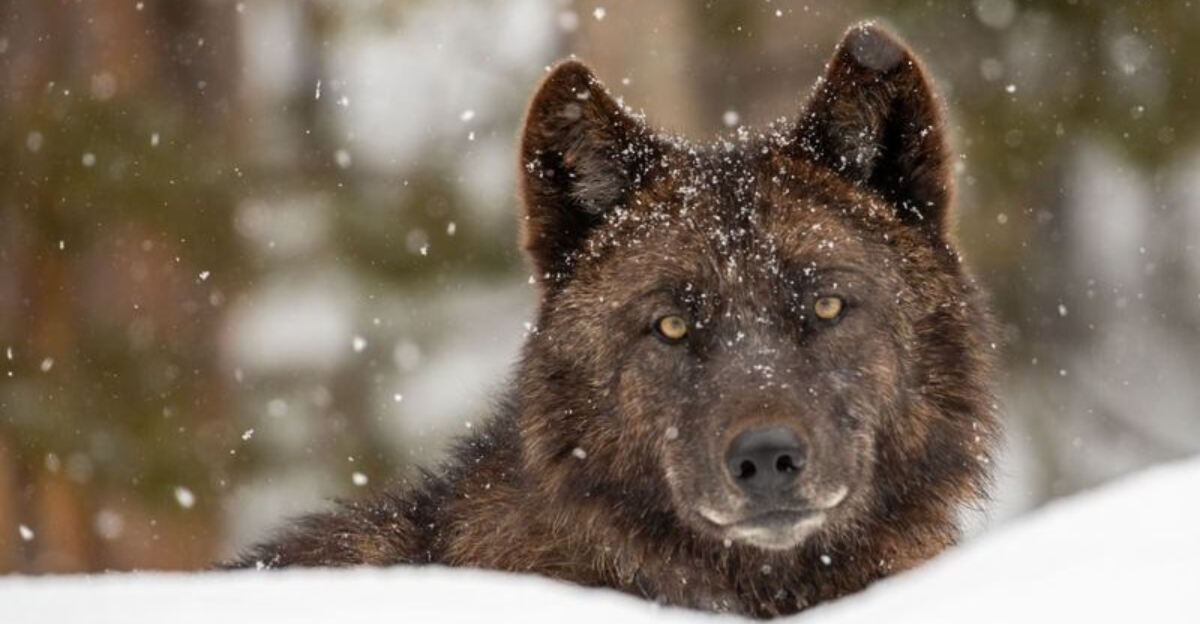
Across the Western United States, wolf populations are making a remarkable comeback after decades of near extinction.
Local wildlife agencies report growing numbers of wolf sightings in states like Idaho, Montana, and Oregon, bringing both excitement and concern to communities.
While these majestic predators play a vital role in our ecosystems, their increasing proximity to human settlements has sparked discussions about safety and coexistence.
1. Wolves’ Remarkable Comeback
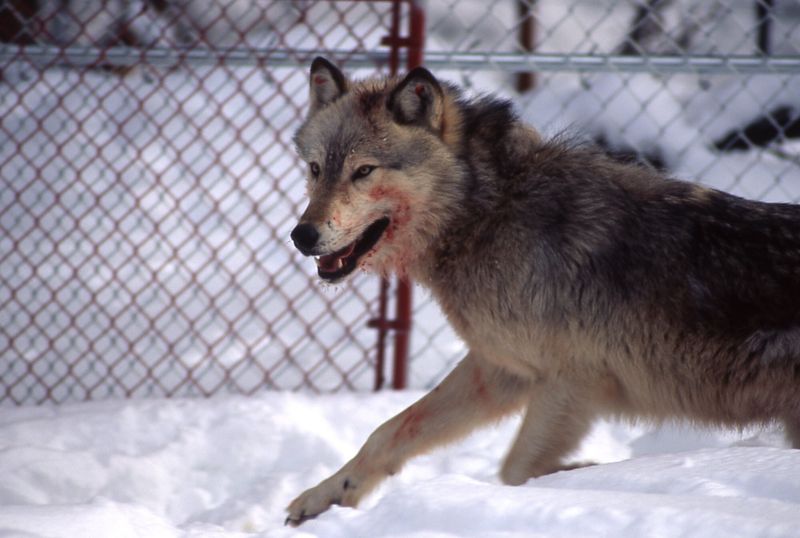
Gray wolves have staged an impressive return from the brink of extinction in the Western United States. Once hunted to near disappearance in the lower 48 states, their population now exceeds 2,000 individuals across several western states.
Conservation efforts beginning in the 1990s with reintroductions in Yellowstone National Park have allowed these intelligent predators to reclaim portions of their historic range. Their recovery represents both a conservation triumph and a new challenge for communities unaccustomed to their presence.
2. Increasing Wolf Sightings
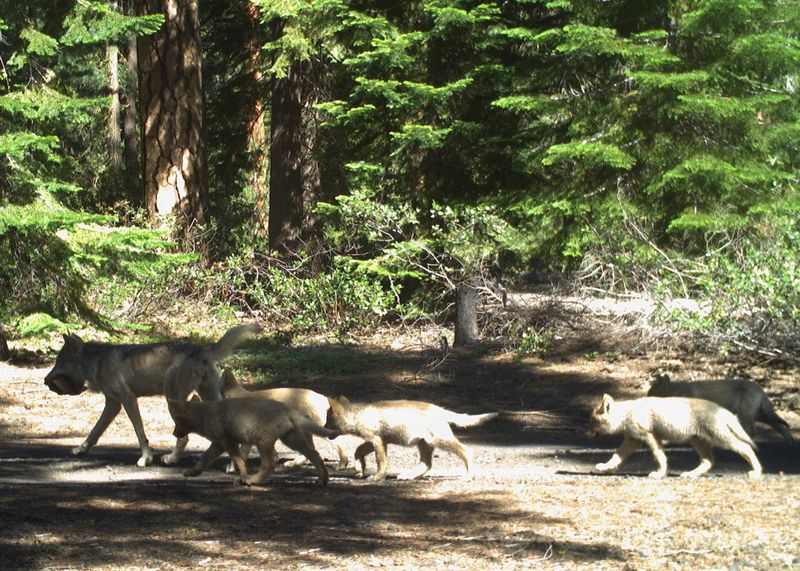
Wildlife officials documented over 500 verified wolf sightings in 2023 across Washington, Oregon, and Northern California, marking a 30% increase from previous years. Trail cameras, hunter reports, and livestock producer observations all contribute to this growing tally.
Many encounters occur at dawn or dusk when wolves are most active. Rural residents report hearing howls in areas where wolves were absent for generations, signaling the expansion of territories and the formation of new packs.
3. Close Encounters With Humans
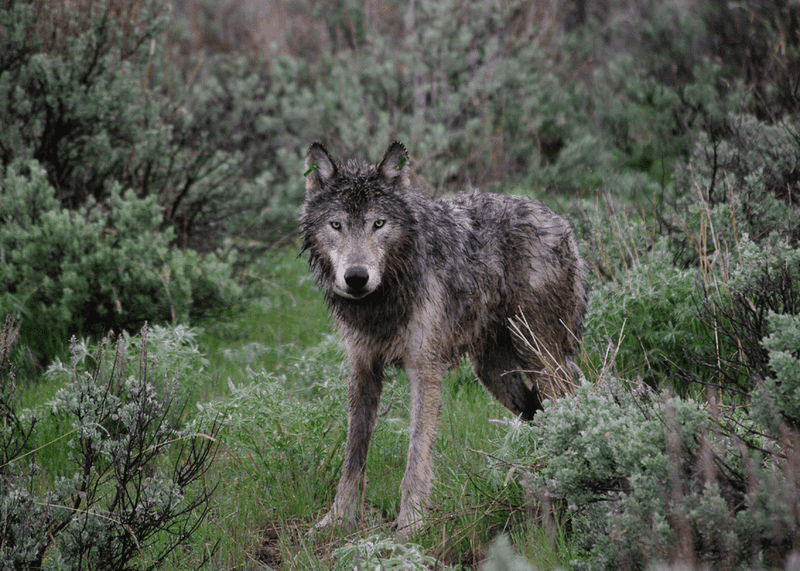
Hikers in Idaho’s Sawtooth National Forest stumbled upon a wolf pack just 50 yards away last summer, an encounter that left them shaken but unharmed. The wolves observed the hikers briefly before retreating into the forest.
Similar incidents have been reported in Montana’s Glacier National Park and Oregon’s Mount Hood wilderness. Wildlife biologists attribute these closer encounters to wolves becoming established in popular recreational areas and the animals’ natural curiosity about human activity.
4. Pets At Risk
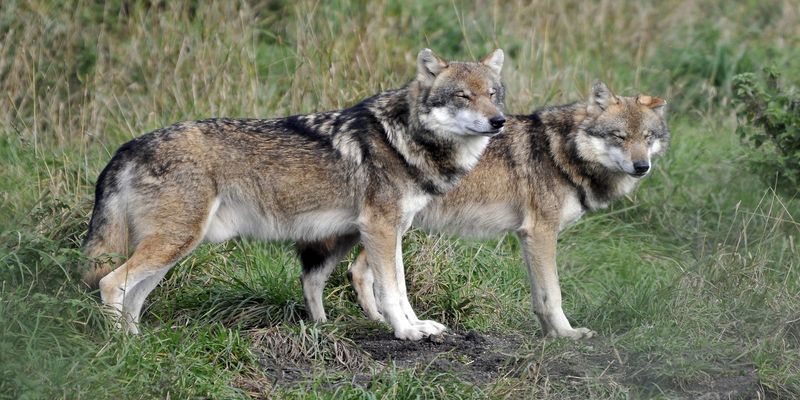
Rural homeowners report wolves approaching residential properties with increasing frequency, putting domestic animals at risk. In Wyoming alone, 17 dogs were killed or injured by wolves in the past year, primarily hunting dogs and those left outdoors overnight.
Smaller pets face the greatest danger. Cats and small dog breeds can trigger a wolf’s predatory instinct, especially during winter months when natural prey becomes scarce and wolves range wider in search of food.
5. Rare Wolf Attacks
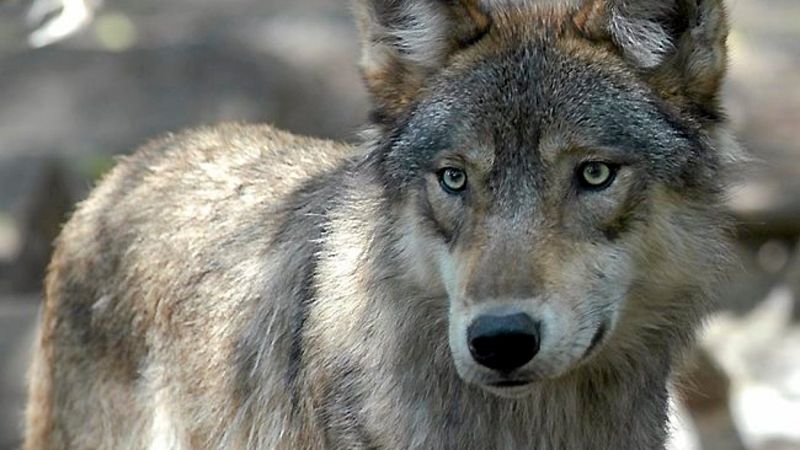
While exceedingly uncommon, wolf attacks on humans do occur. The most recent verified incident happened in 2023 when a solo camper in northern Idaho sustained non-life-threatening injuries from a wolf that approached his campsite at night.
Investigations revealed the wolf displayed signs of habituation to humans, possibly from being fed by previous campers. Most documented attacks involve wolves that have lost their natural wariness of humans through repeated neutral or positive interactions.
6. Unexpected Locations For Attacks

Contrary to popular belief, wolf encounters aren’t limited to remote wilderness. Several recent incidents occurred near popular hiking trails and campgrounds within just a few miles of towns and suburbs.
In Colorado, a wolf was spotted less than a mile from a school bus stop. Montana wildlife officials responded to reports of a wolf in a public park on the outskirts of Missoula. These surprising locations reflect wolves’ adaptability and expanding range.
7. Conservation Success And Conflict
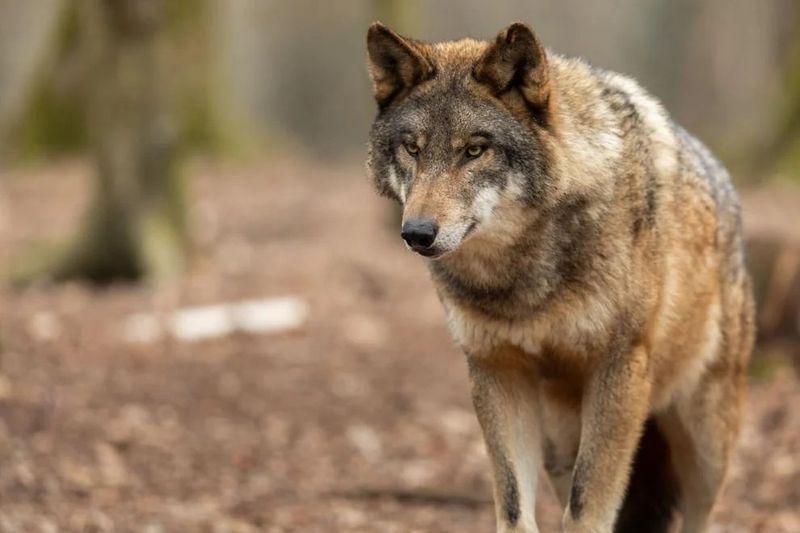
The gray wolf’s recovery represents one of America’s greatest conservation achievements, with populations rebounding from fewer than 1,000 in the 1970s to over 6,000 today across their range. Wolves help control deer and elk populations while benefiting ecosystem health.
However, success brings conflict. Ranchers report increasing livestock losses, with over 400 confirmed wolf predations on cattle and sheep last year. The economic and emotional toll on agricultural communities has created tension between conservation goals and rural livelihoods.
8. Public Safety Concerns
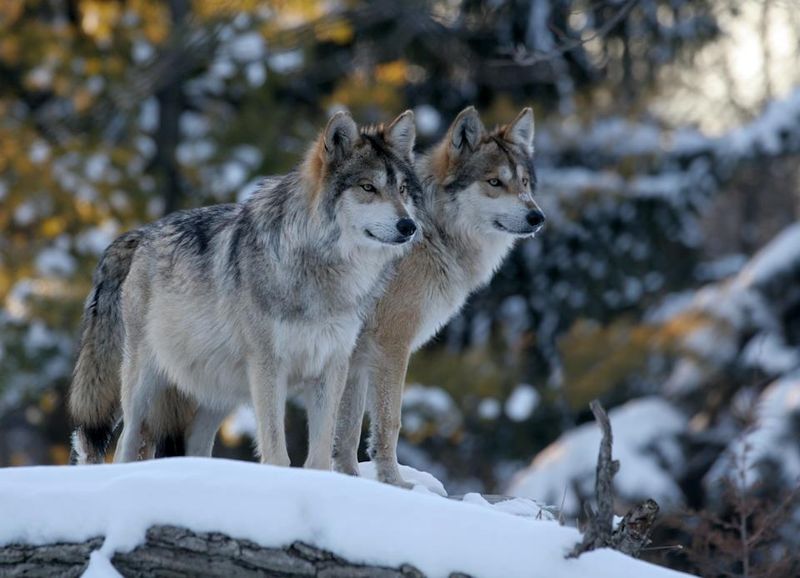
Community meetings addressing wolf safety have drawn record attendance across western states. Parents express worry about children at bus stops in rural areas, while outdoor enthusiasts question the safety of backcountry recreation.
Wildlife officials emphasize that wolves pose minimal threat to humans. Statistical analysis shows people are far more likely to be injured by domestic dogs, bees, or recreational activities than by wolves. Nevertheless, the perception of danger influences public behavior and policy discussions.
9. Wolf Behavior And Territory
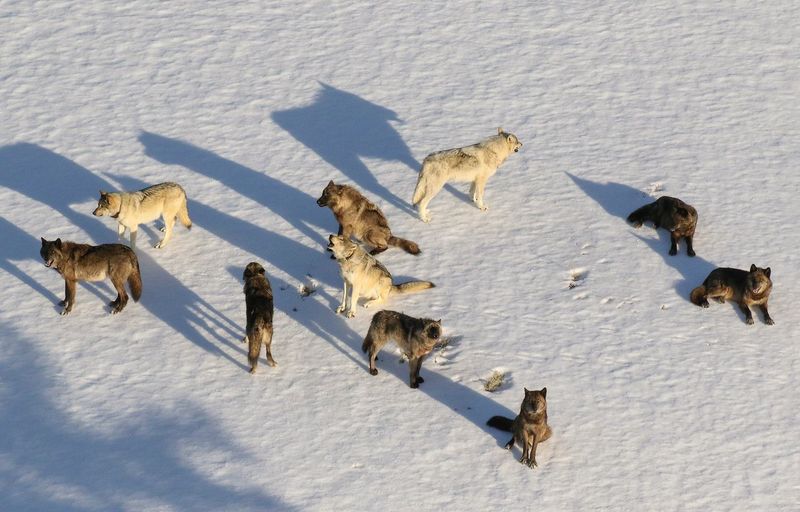
Adult wolves require roughly 100 square miles of territory per pack, pushing younger wolves to establish new territories as populations grow. These dispersing wolves often travel hundreds of miles, appearing in areas without established packs.
A collared female wolf from Wyoming was tracked traveling over 800 miles before settling in Colorado. This natural expansion explains many new sightings. Wolf territories typically avoid human development, but increasing population pressure forces some wolves into less optimal habitats.
10. Managing Human-Wolf Interaction
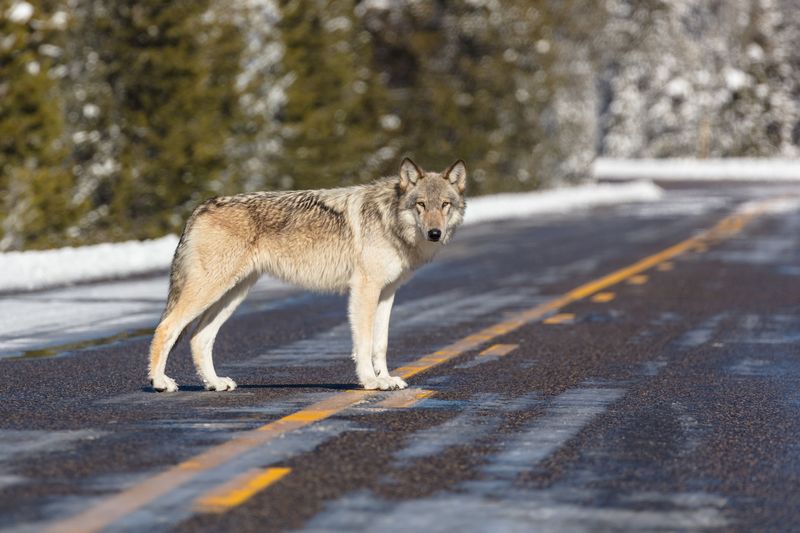
State wildlife agencies have launched educational campaigns teaching residents how to safely coexist with wolves. The cornerstone advice includes making noise while hiking, properly storing food at campsites, and never approaching or feeding wolves.
Rangers in Yellowstone demonstrate proper behavior by carrying bear spray, which works effectively on wolves too. Community programs teach residents to recognize wolf tracks and scat, helping distinguish between wolves and coyotes. Understanding wolf behavior reduces both conflict and fear.
11. Protection Measures For Pets
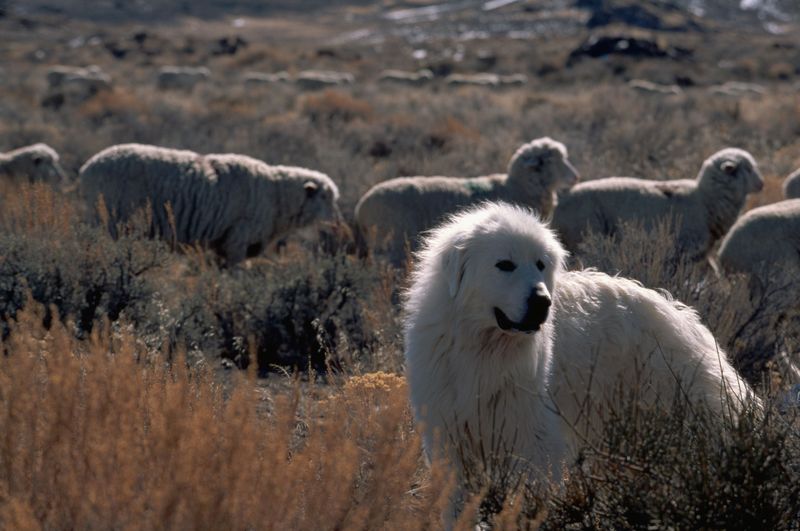
Veterinarians in wolf country recommend specific precautions for pet owners. Outdoor kennels should have secure tops and buried fencing extending at least 18 inches underground to prevent digging. Motion-activated lights deter nighttime approaches.
Guard animals like livestock guardian dogs provide effective protection for both pets and livestock. Supervision remains crucial, especially at dawn and dusk. Some communities have established emergency text alert systems to notify residents when wolves are spotted near residential areas.
12. Future Of Wolves In The U.S.
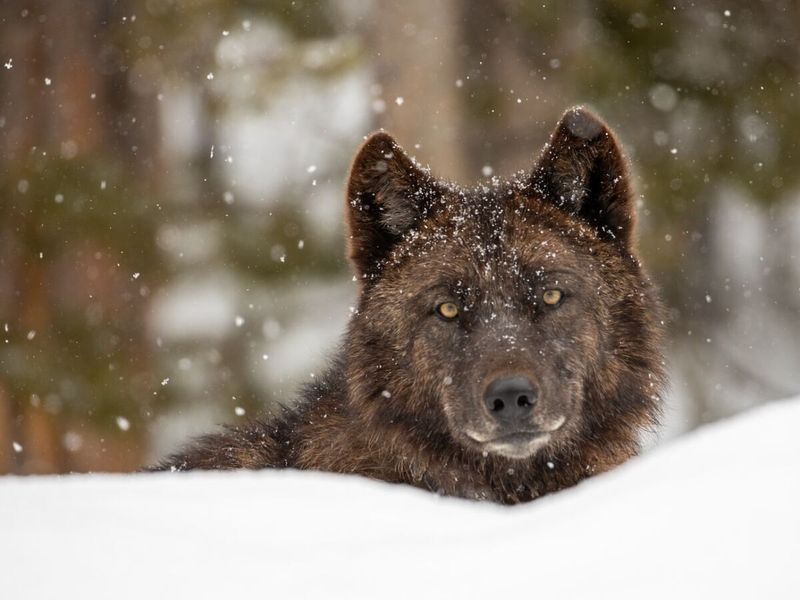
Scientists predict wolf populations will continue expanding into suitable habitat across the Western United States. Models suggest the potential for sustainable populations in parts of Colorado, Utah, and Northern California where they currently have minimal presence.
Managing this expansion requires balancing ecological benefits with human concerns. Innovative approaches include compensation programs for verified livestock losses and developing non-lethal deterrents. The future of wolves depends on finding sustainable coexistence strategies that address legitimate concerns while protecting this keystone species.






